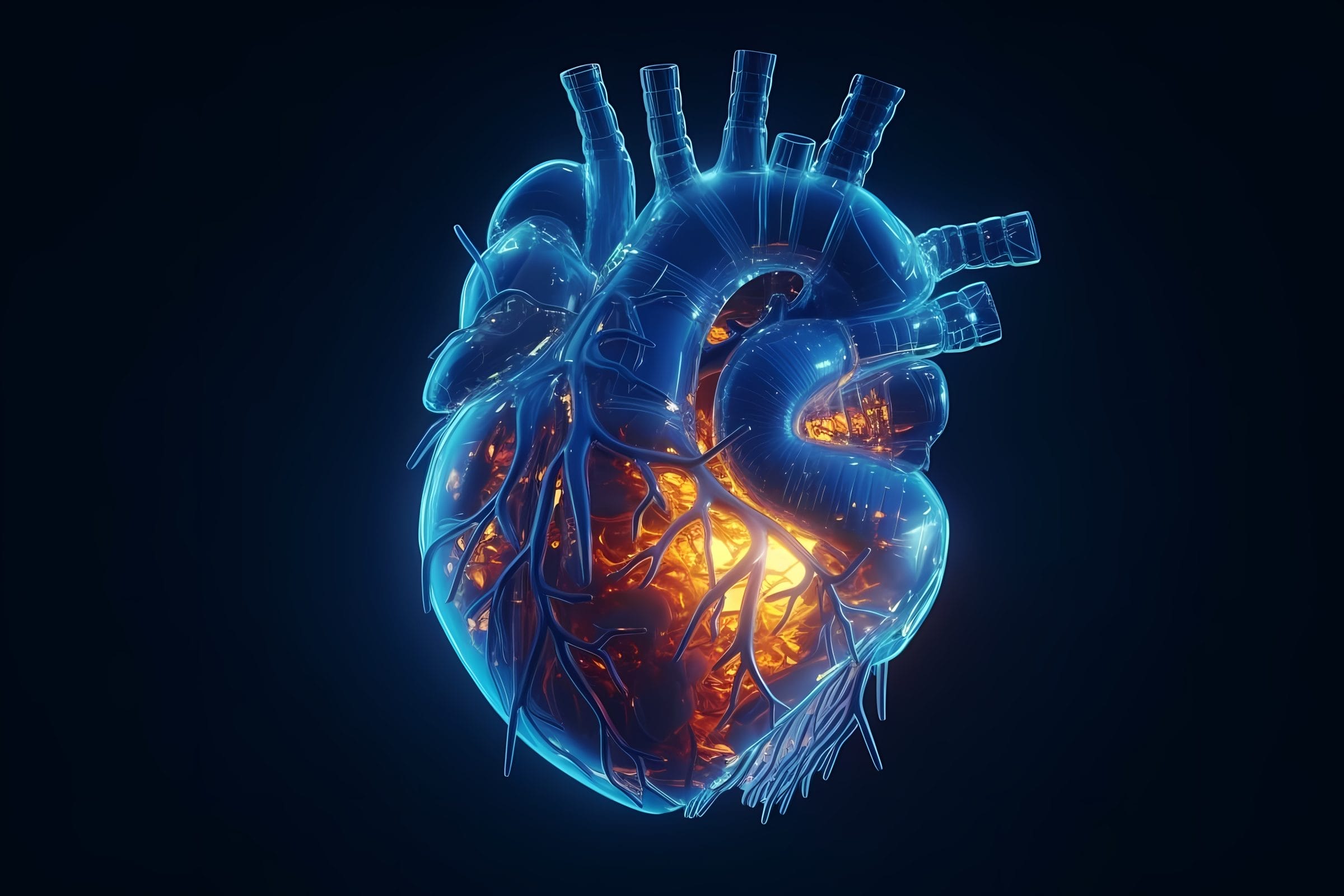PAX-HPC combines expertise in Massively Parallel Particle Hydrodynamics (MPPH) and Materials & Molecular Modelling (MMM), including many community partners such as the Materials Chemistry Consortium (MCC) and UK Car-Parrinello Consortium (UKCP). It focuses on particle-based simulations across many length- and time- scales, from atoms to galaxies.
New methods for new hardware:
- Performance-portable programming methods (e.g., SYCL, OpenACC)
- Massively-parallel methods for common operations (e.g., matrix diagonalisation)
- Explore alternatives to common bottlenecks (e.g., parallel FFTs)
- Exploit emerging network technologies, such as DPUs and GPU-aware communication layers
- Work with hardware vendors toco-design new hardware solutions
New parallelisation strategies:
- Exploit parallelism at all levels
- High-level additional parallelism, e.g.,
- Task-farming
- Parallel-in-time methods
- Low-level task parallelism:
- Break operations into small tasks
- Task graphs describe dependencies
- Task engine assigns tasks to hardware
Complex workflows:
- Coupling codes to deliver new scientific capabilities
- Multiscale, multiphysics models by coupling codes together in a single workflow
- Focus computational effort where it is most needed
- FAIR data enables novel data science
Example applications from MPPH and MMM:
- Electrochemical cells have many applications, from energy storage to catalysis
- Electron transfer and chemistry at the electrodes requires quantum mechanics to model accurately
- Multi-body multi-scale fluid dynamics simulations have many applications from offshore renewable energy converters to galaxy formation.


